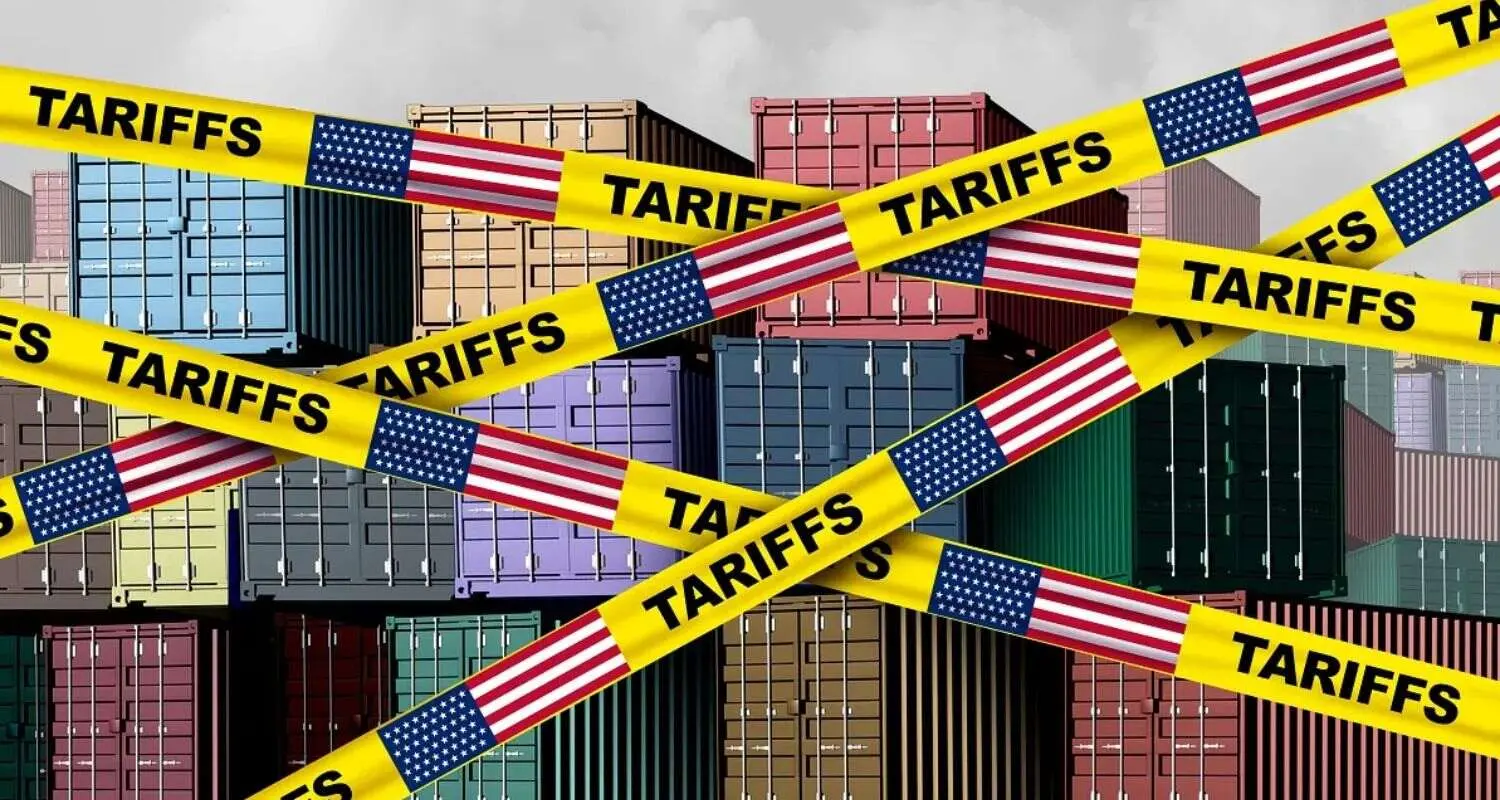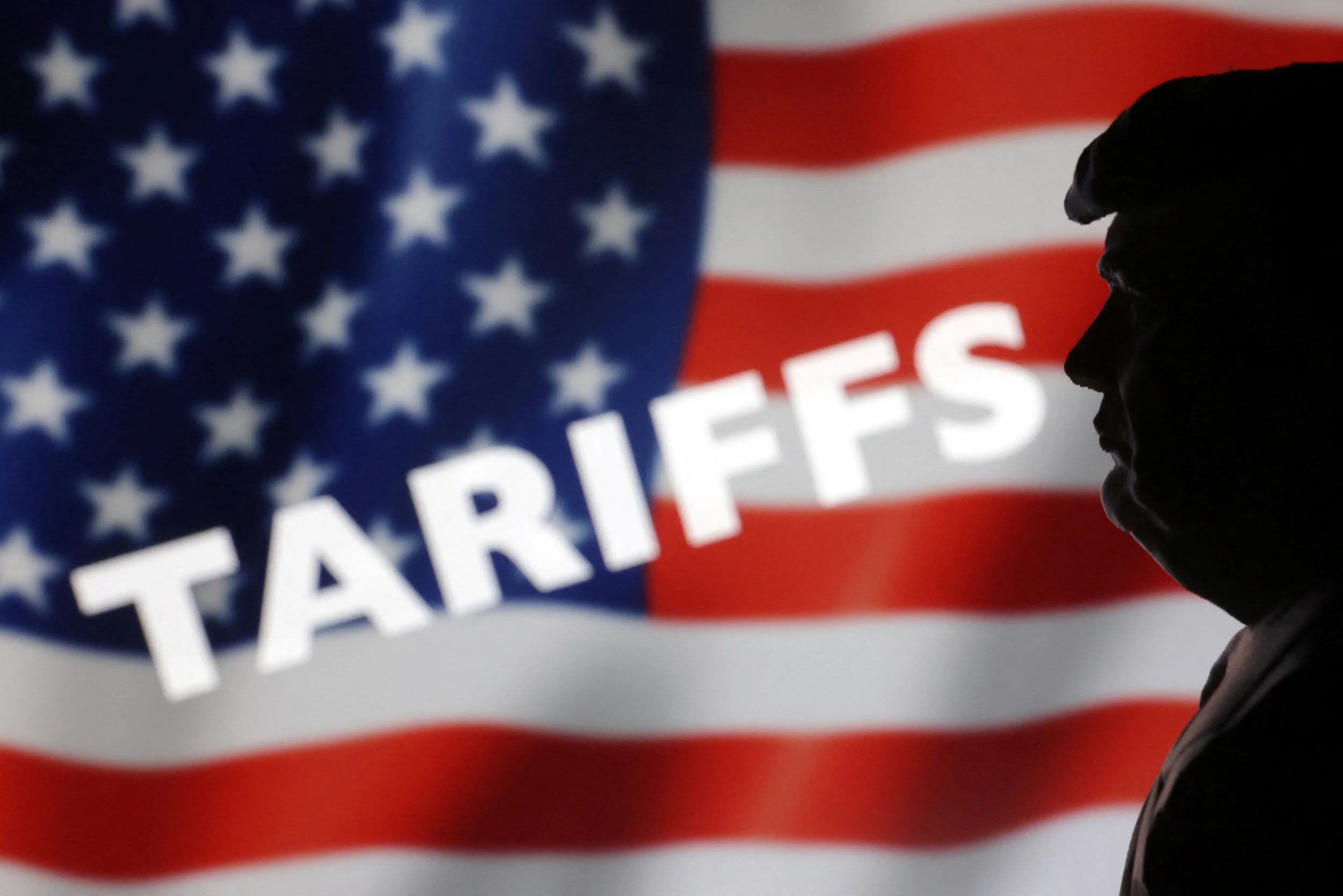The U.S. government has recently introduced a new wave of import tariffs on porcelain tiles, directly impacting major exporting countries such as India (26%), China (34%), and Vietnam (46%). These changes aim to safeguard domestic industries from unfair trade practices like dumping but they also reshape global sourcing strategies for American importers.
As import costs rise and margins tighten, understanding the shifting landscape of international tile trade is more critical than ever.
Understanding the U.S. Tariff Changes: Background and Key Developments
The foundation of the new tariff system was laid with Executive Order 14257, signed on April 2, 2025. This order declared a “national emergency” regarding the U.S. trade deficit, signaling a shift toward more aggressive tariff policies on imported goods.
This order set a baseline 10% tariff on all imported goods, which came into effect on April 5, 2025. Alongside this, the U.S. administration announced that 57 specific countries would face additional tariffs ranging from 11% to 50%, which were set to be applied starting April 9, 2025.

However, in a surprising turn of events, on April 9, the U.S. government announced a 90-day pause on most country-specific tariffs. This decision temporarily kept the baseline 10% tariff in place but maintained one major exception, Chinese imports. Instead of the previously planned tariff increase, China’s tariff was dramatically raised to 125%, marking a significant escalation in the ongoing trade tensions between the U.S. and China.
This tariff shake-up has been a game-changer for U.S. importers, especially those sourcing porcelain tiles, as it impacts not just the cost of goods but the entire supply chain strategy for U.S. businesses.
Impact on U.S. Tile Importers: What You Need to Know
• Baseline 10% Tariff: This is now the standard rate for imports from all countries, affecting a wide range of goods, including porcelain tiles.
• Country-Specific Tariffs: The U.S. initially planned to impose higher tariffs on tiles and other goods from 57 countries (including India, China, and Vietnam), but most of these were paused temporarily.
• China's 125% Tariff: The biggest change comes from China, with porcelain tiles and other ceramic goods facing an unprecedented 125% tariff. This has made sourcing tiles from China almost prohibitively expensive, pushing U.S. importers to seek alternative suppliers.
Key Tariff Impacts by Country
| Country | Tariff Rate |
| Vietnam | 46% |
| China | 34% |
| India | 26% |
| Turkey | 5–10% |
| Mexico | 0% |
Where Should U.S. Importers Source Tiles Now?
With tariffs reshaping supplier economics, the tile import market is entering a new phase. Let’s explore the countries offering the best alternatives in 2025.

1. India – The Reliable Long-Term Partner
Despite the 26% tariff, India remains a dependable and strategic sourcing partner, especially for businesses focused on long-term growth. Indian tile manufacturers offer a powerful combination of affordability, innovation, and production capacity.
Key Advantages:
• Cost-effective pricing, even after duties
• Broad product variety in ceramic, vitrified, and porcelain tiles
• Strong design and customization capabilities
Why India Still Makes Sense
For businesses looking beyond short-term tariffs, India offers consistent quality, massive scalability, and competitive freight rates. In fact, with deeper trade partnerships and potential tariff negotiations on the horizon, India could soon become even more attractive for U.S. importers.
2. Turkey – High-End European Quality at Moderate Tariffs
Turkey has carved a niche with its European-quality porcelain tiles and stylish aesthetics. With tariffs ranging between 5–10% and a moderate shipping timeline (3–4 weeks), it’s a great pick for premium markets.
Key Brands: Vitra, Eczacibasi
Why Turkey?
Perfect for residential and commercial buyers seeking elegance and durability without the high costs of European imports.
Countries Facing Challenges
Vietnam – The 46% tariff makes it the least viable option.
China – With 34% tariffs and longer lead times, it is losing favor among U.S. importers.
3. Mexico – The #1 Sourcing Destination for U.S. Importers
Mexico is now the most cost-effective and strategic choice for U.S. tile importers. Thanks to its zero tariffs under the USMCA, efficient shipping, and mature tile industry, Mexico checks all the right boxes.
Key Benefits:
• 0% Tariff under the USMCA agreement
• Shipping time of just 1–2 weeks
• Well-known brands like Interceramic and Lamosa
• Lower transportation and handling costs
Why Mexico?
If you're looking for the best ROI, quick turnaround, and trade efficiency, Mexico tops the list. It's ideal for importers seeking a seamless supply chain with no tariff burden.
The Bigger Picture: What This Means for U.S. Businesses
As the U.S. construction and home improvement sectors continue to grow, demand for porcelain and ceramic tiles remains strong. But rising tariffs mean importers must rethink their procurement strategies.
Shifting sourcing to Mexico, India, or Turkey allows businesses to:
• Reduce costs
• Minimize delivery delays
• Avoid supply chain disruptions
Final Thoughts: Rethink, Realign, Rebuild
The new tariffs are reshaping the global tile supply chain. While Mexico currently leads with its zero-duty advantage and proximity, India stands out as the most stable and scalable option for the future. Turkey complements the mix with its focus on design and quality.






